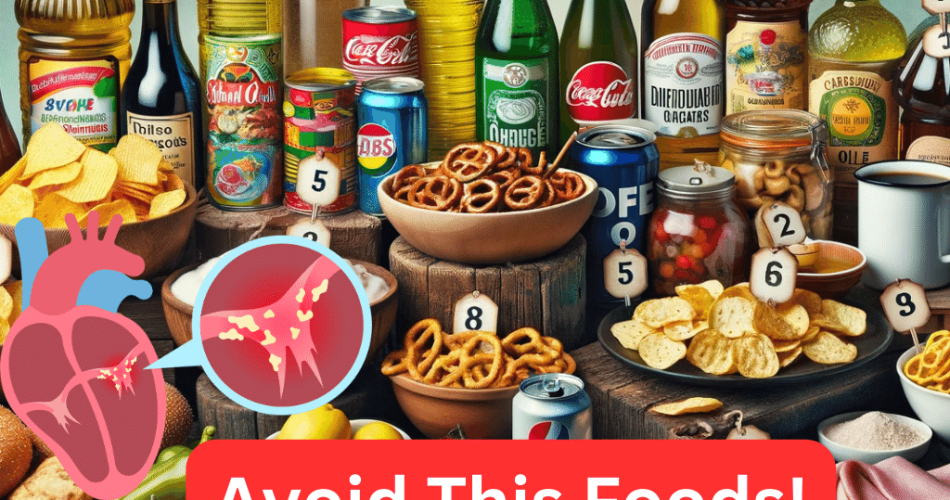Hey there, fellow heart health advocates! As we navigate the complexities of high blood pressure, we must zero in on the pivotal role our diet plays. It’s not just a matter of adding the right foods to your plate, but also being vigilant about what to skip. If you’re grappling with high blood pressure, it’s crucial to be picky with your food choices.
Understanding Blood Pressure and Diet
It’s a fine balance, you know. Our diet can either be our best ally or our worst enemy when it comes to controlling blood pressure. A healthy eating pattern can fortify your body’s defenses, keeping those blood pressure numbers in check, while poor dietary choices can throw a wrench in the works, leading to hypertension. Every morsel we consume has the potential to affect our vascular health. By choosing wisely, we can navigate the journey of wellness with a steady hand on the tiller, steering clear of the turbulent waves of high blood pressure.
The Connection Between Diet and Blood Pressure
Our bodies are like well-oiled machines – everything’s connected. Toss the wrong type of fuel in, like foods high in sodium or unhealthy fats, and you’ve got a recipe for high blood pressure, putting undue stress on your heart. Imagine your bloodstream as a highway; when it gets congested with these harmful substances, traffic builds up, leading to the dreaded ‘rush hour’ for your heart. By selecting the right foods, you ensure smooth traffic and a happy, healthy heart pumping with ease and grace.
How Bad Food Choices Can Aggravate Heart Conditions
Let’s face it, the path of least resistance often leads to the unhealthiest options. It’s not just the blatant saltiness or sugary treats; it’s the insidious ingredients lurking in our everyday meals that could be nudging us towards heart disease. When we consume foods that are high in bad fats, sugar, and salt, we might as well be inviting high blood pressure to a banquet in our arteries. These ingredients can cause inflammation and plaque buildup, narrowing our arteries and making our heart work overtime – a situation we should all aim to avoid.
Ranking the Culprits: Foods to Avoid
10. Salted Snacks

Salted snacks claim the tenth spot on our list, notorious for their high sodium content. Just imagine: an ounce of some popular chips can pack as much as 200 milligrams of sodium. That’s a significant chunk of the American Heart Association’s recommended daily cap of 2,300 milligrams.
And their ideal target? Even lower, at just 1,500 milligrams. These snacks are like stealthy ninjas of hypertension, contributing silently but deadly to the stats—the CDC flags high blood pressure as a major culprit in hundreds of thousands of U.S. deaths each year.
The Cardiovascular Cascade
This isn’t just about taste. With nearly half of American adults wrestling with high blood pressure, that extra crunch comes with a heavy cost. Sodium’s role in raising blood volume is like adding extra cars to a crowded highway—it pressures the whole cardiovascular system. The domino effect? Raised blood pressure, stressed heart, and vessels, a perfect storm for health issues down the line.
Savory Swaps for Heart Health
But fear not, because the power to change is in your pantry. Instead of reaching for that salt-laden bag, why not grab a handful of unsalted almonds or bite into a crisp apple? These smart swaps are not just low in sodium but come with a bonus of potassium, which goes head-to-head with sodium to help lower blood pressure. A change in snacks could be your ticket to a change in heart health.
9. Vegetable Oils
Lurking at number nine, vegetable oils paint a complex picture. The label ‘vegetable’ sounds healthy, but we need to dig deeper. Many of these oils are high in omega-6 fatty acids—essential, yes, but in a balance that’s often tipped too far from the omega-3s we also need.

With a recommended omega-6 to omega-3 ratio from the AHA swinging between 4:1 and 1:1, the Western average of 16:1 is alarmingly high, inviting inflammation and hypertension.
Oxidation and Arterial Stress
During processing, these oils often face heat, light, and oxygen, leading to oxidation—a chemical shift with serious cardiovascular repercussions. Picture this: consuming oxidized oils is like turning our flexible arteries into rigid pipes that crack under pressure. And let’s not forget about trans fats—villains in the narrative of heart health, incrementing blood pressure and escalating heart disease risk.
Fat Facts for a Healthy Heart
There’s good news, though. We can switch out omega-6-heavy vegetable oils for healthier fats like extra virgin olive oil or even real butter. They don’t just enhance flavor; they’re armed with polyphenols that help lower blood pressure. Opting for smarter fats isn’t merely culinary finesse; it’s a conscious choice for a steady-beating heart.
8. Alcohol

Sitting at eighth, alcohol, with its social sparkle, can dim the lights on blood pressure control. Even a standard drink contains enough grams of alcohol to nudge blood pressure upwards. Regular overindulgence is linked to around 16% of high blood pressure cases globally.
The Journal of the American College of Cardiology flags binge drinking as a highway to temporary blood pressure spikes, which can set up camp as chronic hypertension if left unchecked.
Drinking and Blood Pressure Dynamics
The NIH outlines a clear path: cutting back on drinks can decrease systolic blood pressure significantly. Guidelines recommend up to one drink a day for women, two for men. But for anyone with blood pressure concerns, the scales tip towards even greater restraint.
Alcohol Strategy for Heart Health
The path to maintaining healthy blood pressure may mean savoring a drink slowly and strategically scheduling alcohol-free days. By drinking responsibly, we can still enjoy the social joys of a glass raised, with our heart health in clear sight.
7. Caffeine
Seventh place goes to caffeine, the morning wake-up call for many. A couple of cups of coffee can see blood pressure surge by 8-10 mm Hg. The effect lingers for hours, and for those with certain genetic makeup, this response can be even more pronounced, as noted in the journal Hypertension.

Caffeine Sensitivity and Hypertension
Caffeine’s hypertensive effect isn’t uniform; it varies from person to person. Mayo Clinic suggests that those with high blood pressure or a sensitivity to caffeine keep their intake moderate, exploring the world of decaf where necessary.
Personalized Caffeine Consumption
Understanding one’s personal response to caffeine means enjoying its benefits without letting blood pressure numbers rise. It’s about balancing the love for a caffeine buzz with
6. Canned Foods
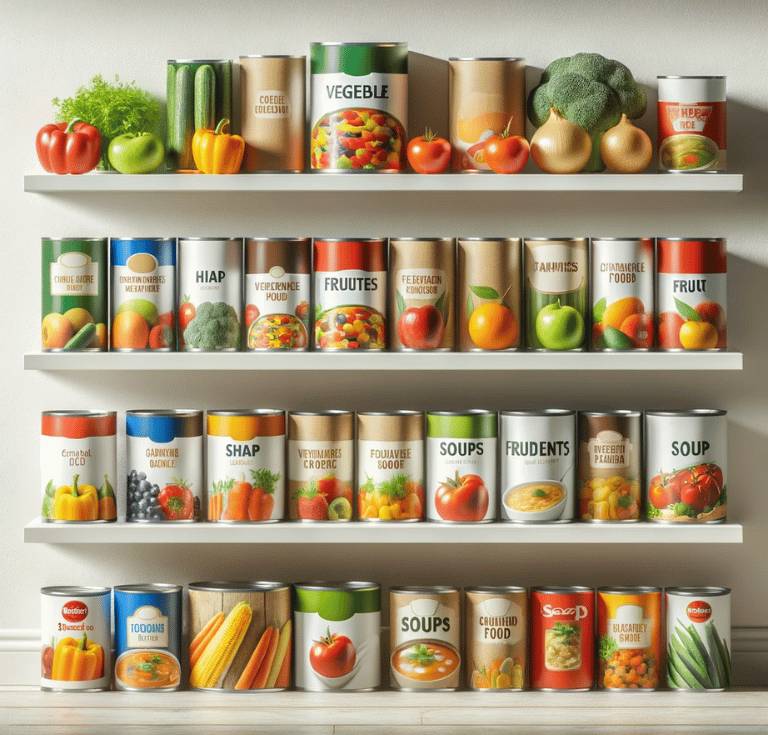
Number 6 on our list is a testament to the price of convenience in the form of canned foods. This staple of pantry stockpiles is often loaded with sodium, a major contributor to the rising tide of hypertension in America. With an alarming one-third of American adults suffering from high blood pressure, it’s clear that our convenience-based food choices are having a significant impact on our health.
Sodium in Plain Sight
The FDA’s figures are a wakeup call, revealing that just a half-cup serving of canned vegetables can contain between 300 to 600 mg of sodium. A single choice in the grocery store aisle can thus have a considerable impact on your daily sodium intake, and consequently, on your blood pressure.
Making Smarter Choices
However, consumers are not powerless. Vigilant label reading can steer you toward “low-sodium” options, and there’s always the healthier route of fresh produce or frozen vegetables. Additionally, by rinsing canned beans or vegetables, you can wash away a significant portion of their sodium content, affirming the simple steps we can take towards a diet that supports our cardiovascular system.
5. Pickled Foods
At number 5, pickled foods bring a burst of flavor but come with a hidden cost. The sodium content in pickled items is more than a mere seasoning; it is a dietary risk factor. As the Center for Science in the Public Interest reports, the sodium in just one dill pickle spear is startlingly high, quickly adding up to concerning totals.

Beyond Sodium: The Nitrate Debate
But it’s not just sodium that raises questions about pickled foods. Nitrates, which can transform into potentially harmful nitrosamines, pose additional health concerns, and the American Institute for Cancer Research has highlighted these risks, particularly in relation to lab animal studies.
Healthier Pickling Practices
To mitigate these concerns, home pickling with less salt is a viable solution. This practice can halve the sodium content and when using natural pickling agents like apple cider vinegar, can also bring antioxidant benefits to the table without the high sodium baggage.
4. Soft Drinks
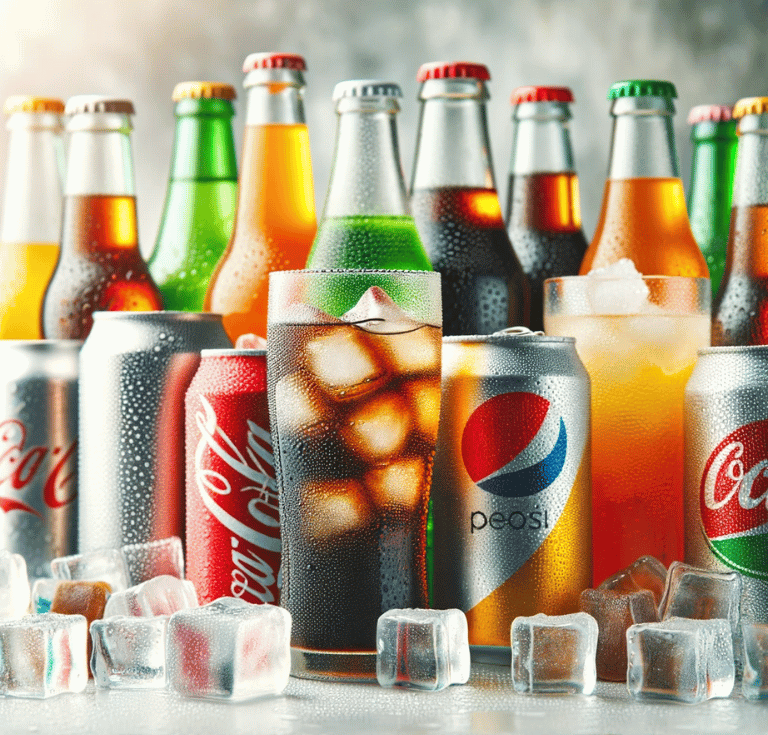
At number 4, soft drinks are a wolf in sheep’s clothing with their alluring sweetness and hidden health threats. The “The BMJ” meta-analysis has drawn a direct line between these sugary beverages and the prevalence of hypertension, making it clear that our drink choices can have serious health implications.
Caffeine’s Role in Blood Pressure Spikes
Not to be overlooked is the caffeine content in many sodas, capable of inducing immediate increases in blood pressure. This effect further compounds the issues associated with the high sugar content of these drinks, presenting a double-edged sword to consumers.
Alternative Refreshments
Choosing healthier alternatives like naturally flavored seltzers or water infused with fruits and herbs is more than just a taste preference; it’s a health imperative. These options allow for the enjoyment of a bubbly beverage while maintaining vascular health and a well-balanced diet, offering a simple yet effective change to one’s lifestyle.
3. Salad Dressings
Occupying the third spot on our list, store-bought salad dressings come with a caveat. While we generously pour them onto our greens, these dressings are often brimming with sodium and sugar. The seemingly insignificant two tablespoons can be quite significant in terms of sodium and sugar, stealthily adding to the daily limits recommended by the American Heart Association.
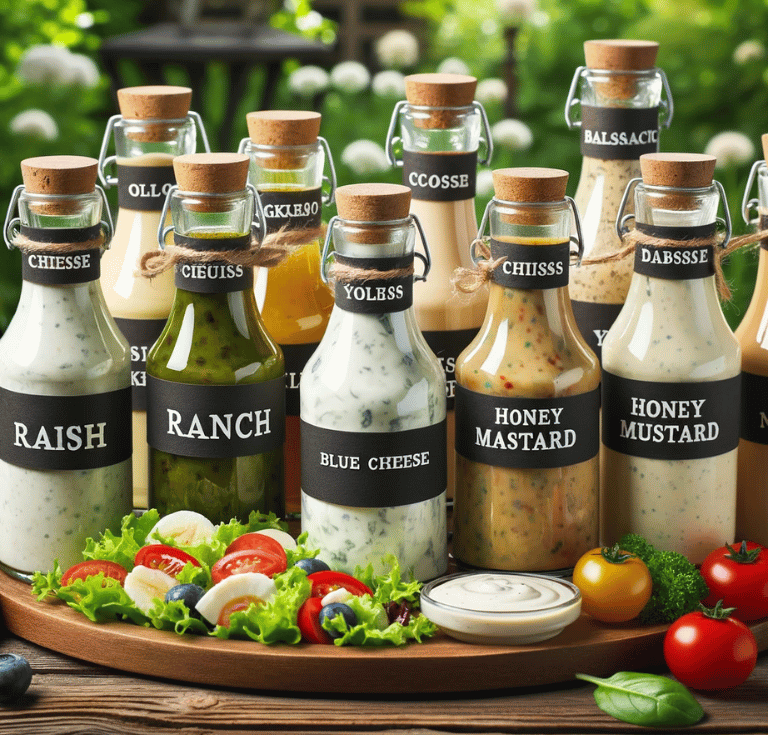
The Ripple Effect on Blood Pressure
The impact of these hidden ingredients is profound. The “American Journal of Clinical Nutrition” points to a sobering statistic where a high-sodium diet correlates with a 25% increased risk of developing hypertension. Salad dressings may appear inconspicuous, but they are, in fact, silent contributors to this risk.
Switching to Heart-Healthy Alternatives
Making a switch to homemade dressings isn’t just about taste—it’s a health-conscious choice. Utilizing ingredients such as extra virgin olive oil can be beneficial, as evidenced by studies in “Nutrition Reviews,” which indicate a potential reduction in systolic blood pressure. This simple substitute is not only flavorful but also a friend to your cardiovascular system.
2. MSG
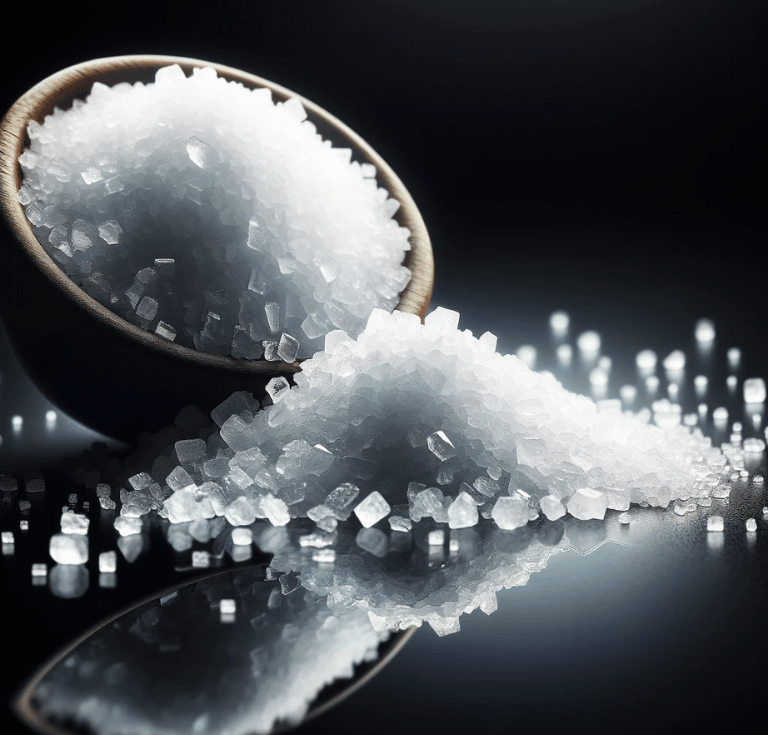
At number 2 is monosodium glutamate (MSG), a flavor enhancer that’s prevalent in many processed foods, including salad dressings. Despite being deemed safe by the FDA, MSG’s association with health issues, especially blood pressure, sparks debate.
Studies Linking MSG to Hypertension
A compelling study in the Nutrition journal presents evidence of a link between high MSG intake and a heightened risk of hypertension. The findings are concerning, with a substantial 30% higher risk observed in adults with higher MSG consumption.
Strategies to Avoid MSG
For those aiming to keep their sodium intake in check, becoming savvy label readers is crucial. MSG hides under various names, making it imperative to recognize its different forms. Embracing whole foods, preparing meals at home, and choosing natural snacks can significantly reduce MSG intake, thus supporting heart health and overall well-being.
1. Cured Meats
And now, at the pinnacle of our list, cured meats stand out as the primary suspect in the quest to identify foods that could be silently raising blood pressure. These meats are notorious for their high sodium content, which often surpasses 20% of the daily recommended limit set by the American Heart Association.
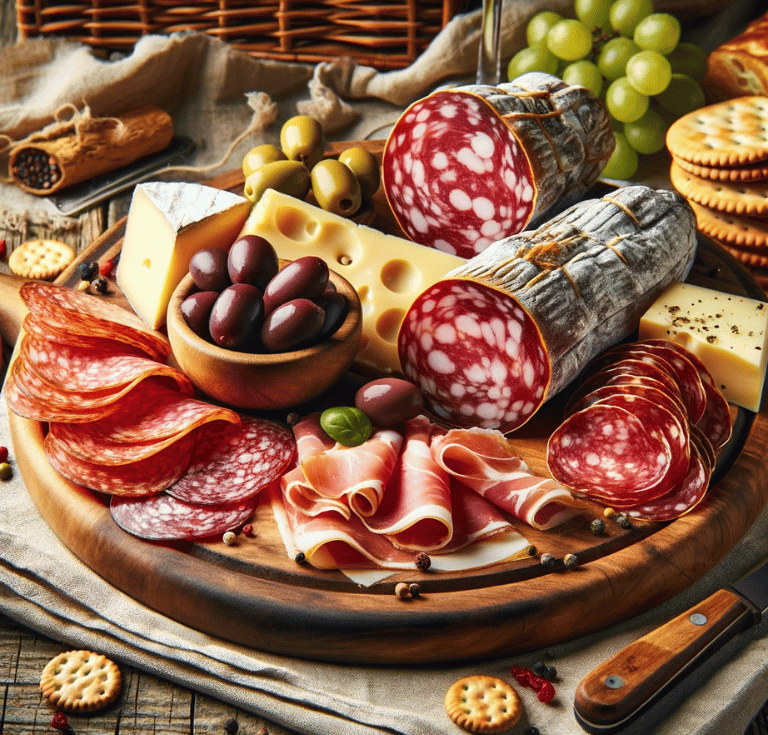
The Impact of Regular Consumption on Health
The habitual intake of cured meats has been linked to chronic high blood pressure due to the body’s response to excess sodium, which can lead to fluid retention and increased strain on the cardiovascular system. Sodium nitrite, used in these meats for preservation, can also form potentially harmful nitrosamines when heated.
Alternatives to Cured Meats
Research in “Circulation” underscores the connection between processed meats and heart disease risk. For those looking to make healthier choices, opting for fresh, lean cuts of meat and employing home cooking methods can be a viable alternative. Seasoning blends and smoking techniques can offer the desired flavor without the health risks. Moreover, the market offers nitrate-free and reduced-sodium versions of cured meats, which can serve as occasional indulgences without compromising health.
Wrapping Up: The Salt of the Matter
In conclusion, it’s clear that the battle for blood pressure control often takes place at the dining table. The foods we consume daily, from canned goods to the savory allure of cured meats, carry more than just flavors—they bear hidden health implications, particularly concerning hypertension. As we’ve uncovered, excessive sodium and certain additives prevalent in these products are key factors that can contribute to increased blood pressure, which is a major risk for cardiovascular disease.
Now that you’re equipped with this knowledge, it’s crucial to take proactive steps toward a healthier diet. Start by scrutinizing labels, opting for fresh produce, preparing meals at home, and choosing healthier alternatives to your favorite indulgences. Remember, every small change in your diet can lead to significant improvements in your blood pressure and overall heart health.
Don’t let this information just simmer on your screen. Take action and make informed choices that benefit your blood pressure. For a deeper dive into the impacts of these foods and more practical tips on how to manage your diet for better blood pressure, watch our informative video. Let’s put this knowledge into practice, one meal at a time:
Frequently Asked Questions
How much sodium is too much?
The American Heart Association recommends no more than 2,300 milligrams a day and encourages moving toward an ideal limit of 1,500 mg per day for most adults, especially those with hypertension.
Can drinking water reduce sodium levels in the body?
While staying hydrated is important for overall health, simply drinking water does not effectively reduce sodium levels. It’s more effective to cut down on high-sodium foods and increase the intake of potassium-rich foods, which can help counteract sodium’s effects.
Are “low-sodium” or “reduced-sodium” products always a healthy choice?
Not necessarily. “Low-sodium” or “reduced-sodium” labels indicate that the product has less sodium than the original version, but it might still be high in sodium. Always check the nutrition facts to understand the actual sodium content.
Is sea salt better than table salt?
Chemically, sea salt and table salt contain the same amount of sodium chloride. The main differences lie in taste, texture, and processing. Neither offers a significant health advantage over the other in terms of blood pressure.
Can lifestyle changes really improve high blood pressure?
Absolutely. Along with diet, lifestyle changes such as regular physical activity, maintaining a healthy weight, limiting alcohol, and managing stress can significantly lower blood pressure and reduce the risk of heart disease.


